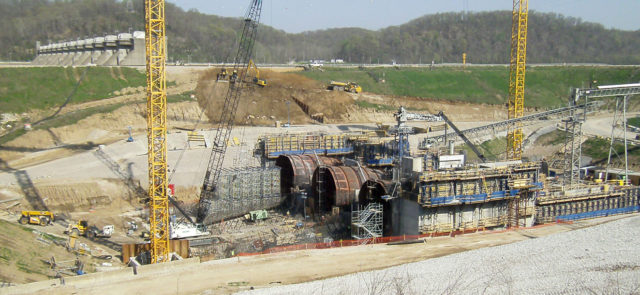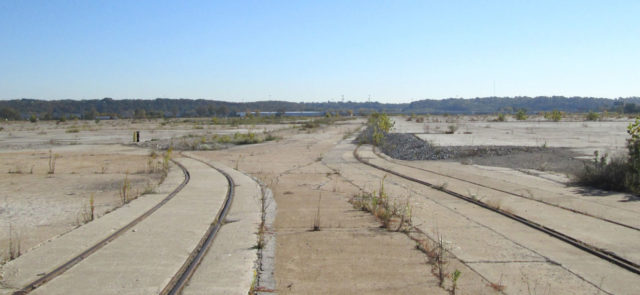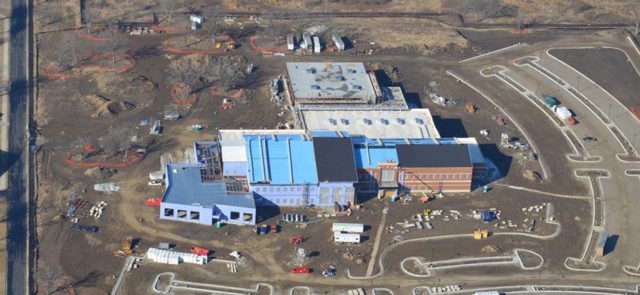
Abengoa Ethanol Plant
Location: Madison, IL
Client: America’s Central Port
Services: Environmental, Geotechnical, Materials Testing
Overview:
The Abengoa Ethanol Plant project featured the design and construction of a new 88-million-gallon-per-year ethanol production facility, located in America’s Central Port. The facility will use about 32 million bushels of corn annually. The plant will incorporate the latest energy conservation technologies and efficiencies to reduce emissions, energy consumption and ethanol production costs.
Abengoa Ethanol Plant Project Background
Prior to construction of the Abengoa facility, Geotechnology developed environmental, land use and pre-construction permit requirements. We also developed scopes of work for studies needed to meet permit requirements. We continued our involvement with geotechnical engineering. This included subsurface exploration, soil drilling, rock coring, sampling, field and laboratory testing.
The tanks are supported on shallow foundations bearing on aggregate columns installed into the natural soil to increase the net allowable bearing pressure and reduce settlement. Many of the tanks are elevated on a base sloping 2 to 8 feet above existing grade. Crushed aggregate was placed using a conveyor system, compacted and tested inside the concrete stem walls. A concrete slab was poured over the compacted aggregate and stem walls and the elevated tank constructed above the slab.
Geotechnology provides construction materials testing services including soils, concrete, steel rebar, steel tank and pressurized water line inspections. With multiple, simultaneous activities ongoing, Geotechnology has provided smooth and continued observation service to the construction manager and the general contractor.
We are also performing construction oversight for the above-ground storage tanks, pressure vessels and process piping to verify construction per API 653, 510 and 570, respectively. In addition, field welding of process piping is inspected per digital shear wave ultrasonics. This saved the client 75 percent of the cost to perform the tests using radiography.



